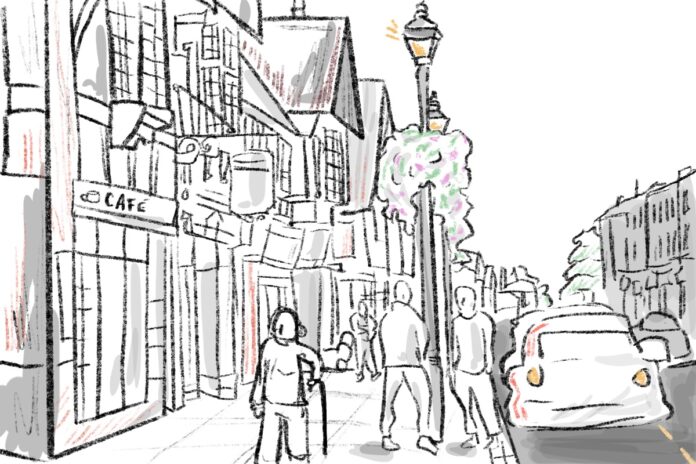For years, Susan Braedley, a researcher at Carleton University’s School of Social Work, has been looking into different ways to imagine how long-term care can be provided in Canada.
She has travelled to countries including Norway, Denmark and Australia to study the benefits of non-traditional housing models of care. Through her research, Braedley wants to see long-term care homes serve the people that rely on them by creating a well-integrated and comfortable environment.
The Charlatan spoke to Braedley to learn more about her research and how she’s re-envisioning Canada’s long-term care facilities.
The Charlatan (TC): What is the purpose of reimagining care in Canada?
Susan Braedley (SB): Our work aims to ensure that older people who are in late life and need 24/7 care experience conditions that offer them dignity and respect. At the same time, we think the workers, both the families who care and the volunteers who care, and those who do the paid work, should enjoy conditions that offer them dignity and respect.
TC: Which models that you have explored stood out to you?
SB: There’s a long-term care home in Denmark that’s located in a wonderful community setting in Copenhagen. It’s a place where community members go every week for various activities. In Norway, we went to a home that was co-located with a shopping mall and the local swimming pool. We would see people come to the long-term care home, pick up grandma, take her over to the pool to watch the kiddies in the swimming pool. It wasn’t set aside in a big park down by the water or somewhere out of town. It wasn’t a big, tall building that was isolated by parking lots. Instead, it was a part of the community, built into the community.
TC: Why is a community-centric approach important?
SB: Making long-term care a part of our community is really treating older people not with ageism and ableism, but treating them for who they are, as important citizens and members of our community.
Second of all, this actually fights the fears people have about getting older and end of life. We don’t know much about it. Why? Because we’re never around it.
TC: How does it benefit those in long-term care?
SB: In the places where I’ve seen the community flowing, people are healthier. They have something to look forward to. They feel valued. They have lots of visitors. I think their quality of life is improved.
TC: How can we implement these community-centric models into our society?
SB: There was an ideological idea that if people want to make a profit, they’re going to create efficiencies that will improve quality. Well, you know what? It just doesn’t work with care. It takes time. It is hugely labour intensive.
I think we need to get the profit out of long-term care. A lot of countries put more money into long-term care homes than Canada does. Canada is sort of in the middle of the high-income countries. Given that our gross domestic product is higher than other countries, it would seem to me that we can afford to pay more for long-term care as a country, but political will can prevent that.
This interview has been edited for length and clarity.
Featured Graphic by Alisha Velji/The Charlatan.






